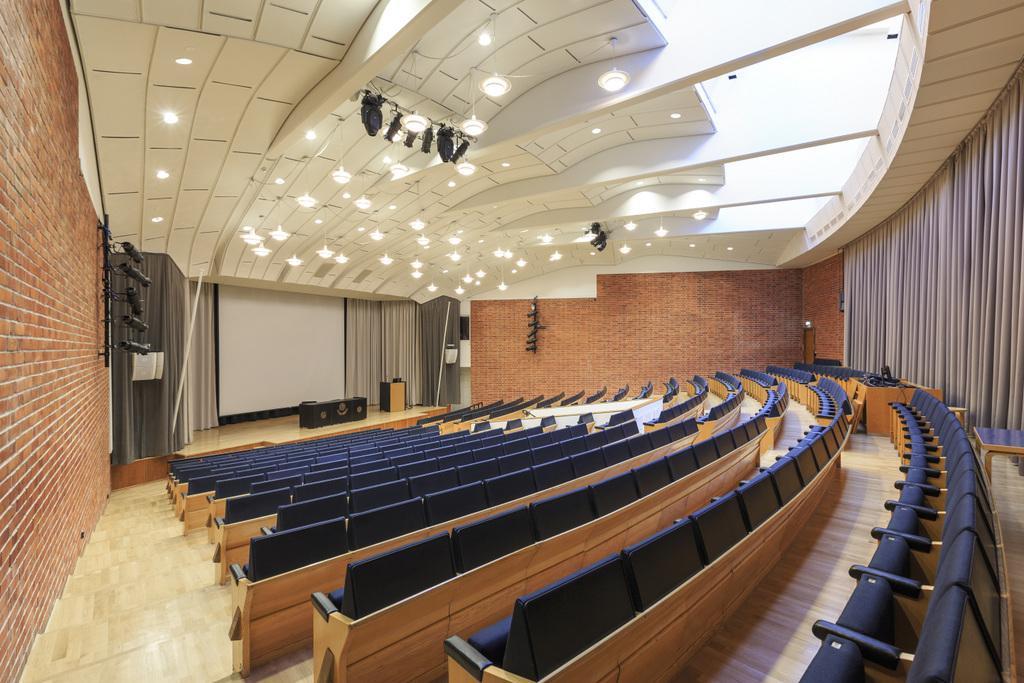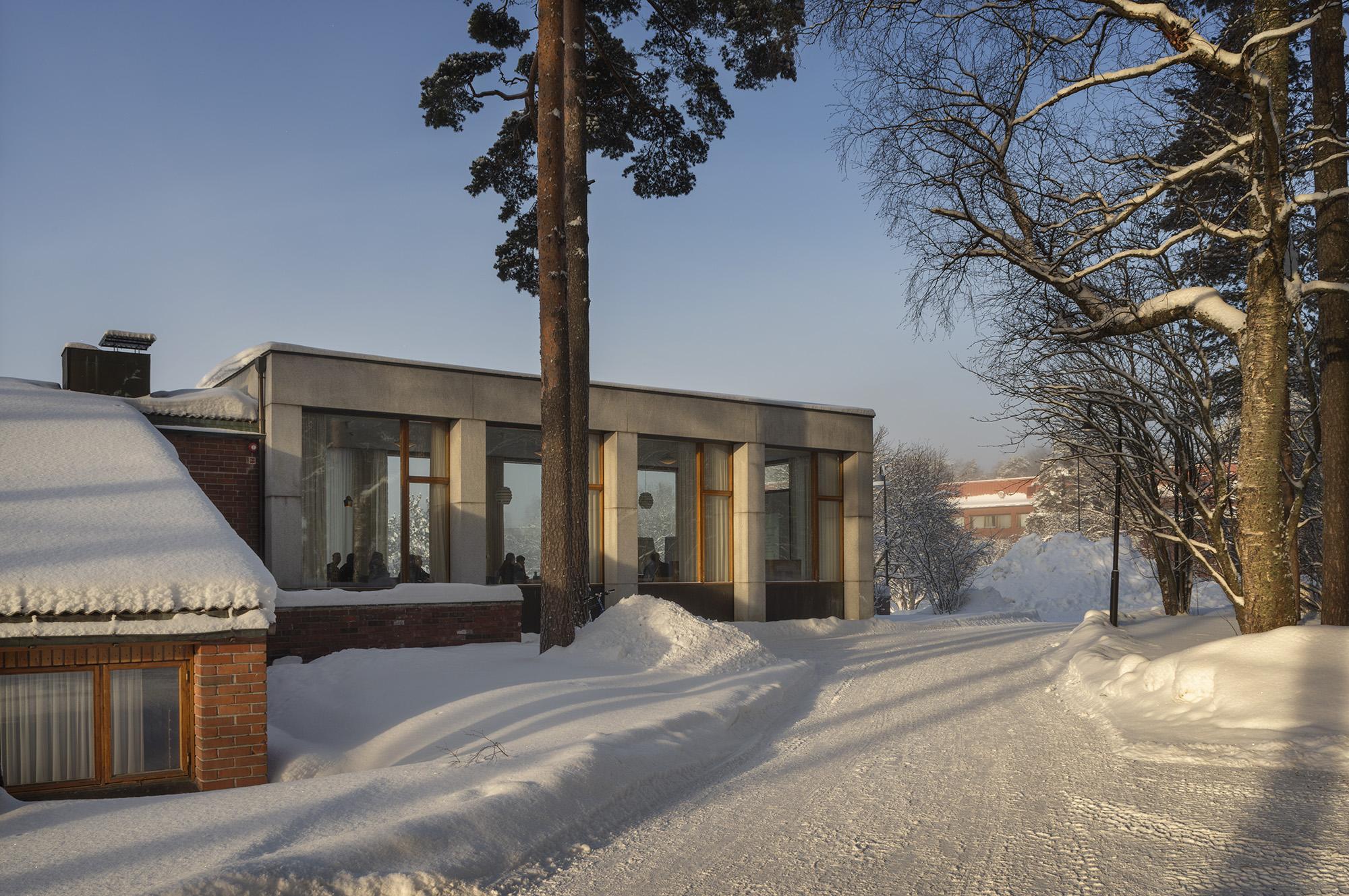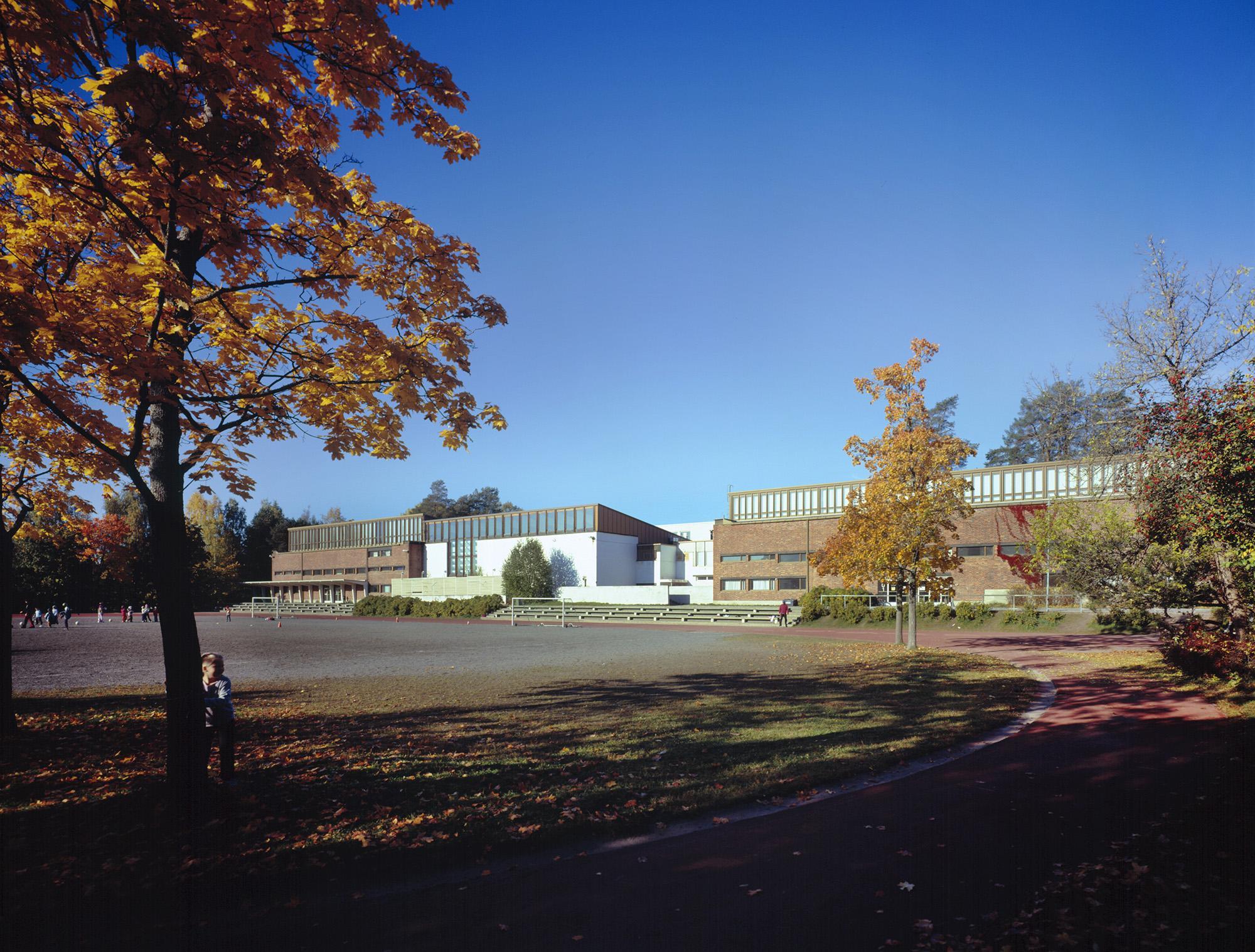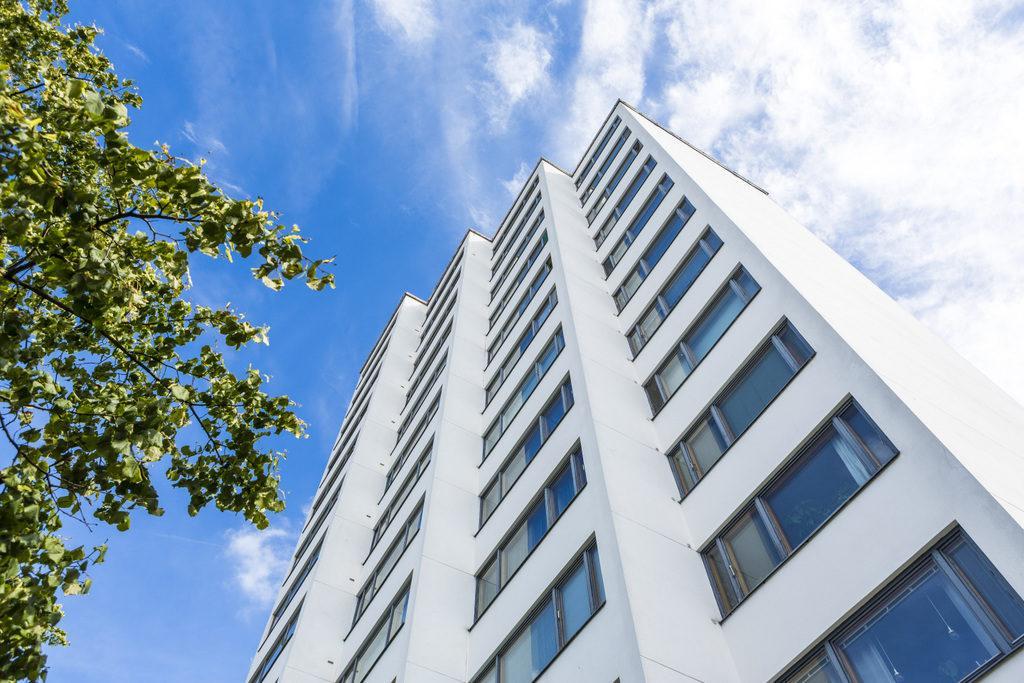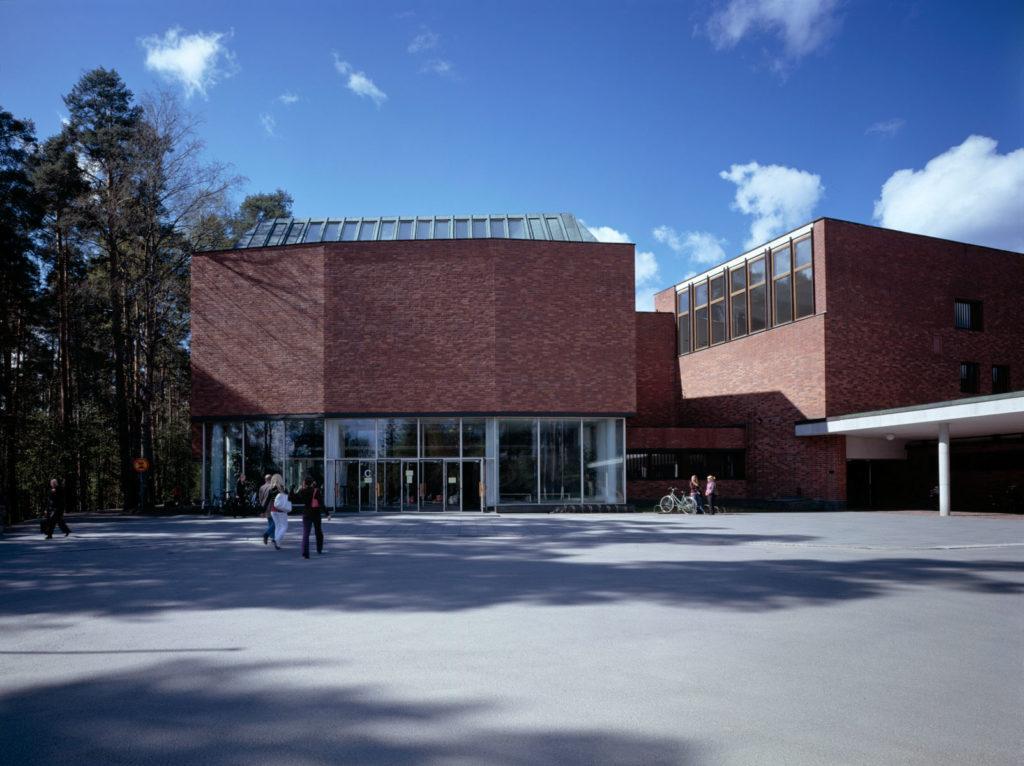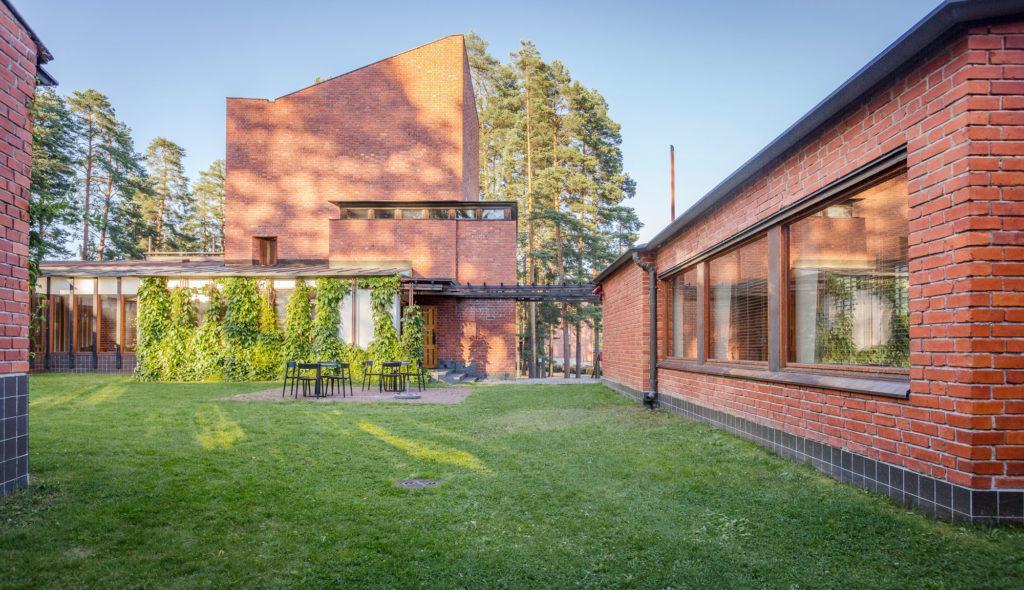Jyväskylä University Campus and Seminar Hill
Discover this destination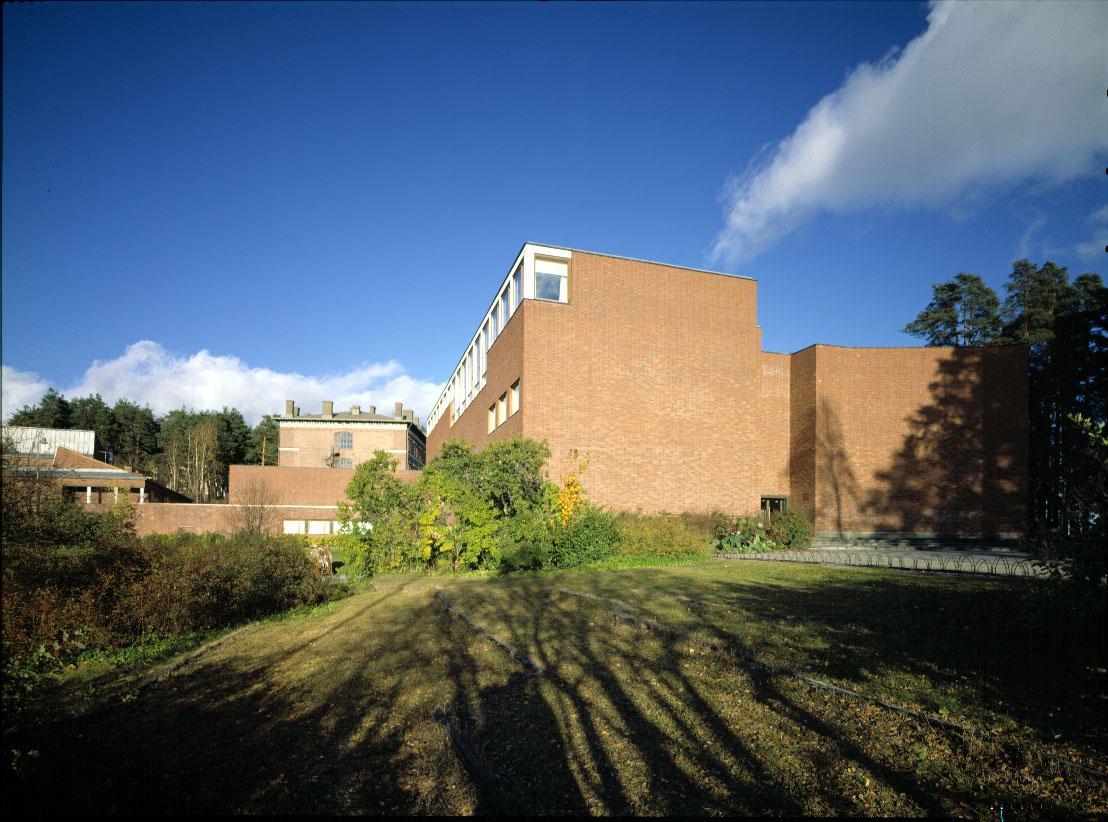
The first buildings at the Seminar Hill were built already in 1880’s. Konstantin Kiseleff’s redbrick buildings are the oldest buildings in the area. Seminar Hill and the Jyväskylä University Campus area is nowadays protected by law. The University area represents many historical layers and it is therefore considered to be one of the areas richness as well. It is also considered to be a good example of an area where modern and older buildings go together seamlessly.
The Jyväskylä University campus is largely made up of the buildings designed by Alvar Aalto for the Jyväskylä College of Education, later the University of Jyväskylä, in the 1950s. Aalto won the architectural competition with his URBS proposal in 1951. Various buildings were then completed all the way to the 1970’s based on Aalto’s plan. The proposal name URBS refers to a city and therefore all the buildings were placed to the area in a city-like form.
The layout, based on the winning competition proposal, is derived from the American campus principle. Originally, it consisted of buildings designed to serve both the teaching and administration of the College, including the main building and library, the teaching-practice school, the refectory and hall of residence, two gymnastics buildings, an indoor swimming pool built by the student union and subsequently extended several times, plus a residential building for the staff and a boiler house. Aalto’s original scheme forms a crescent or ’horse-shoe’ around the sports ground.
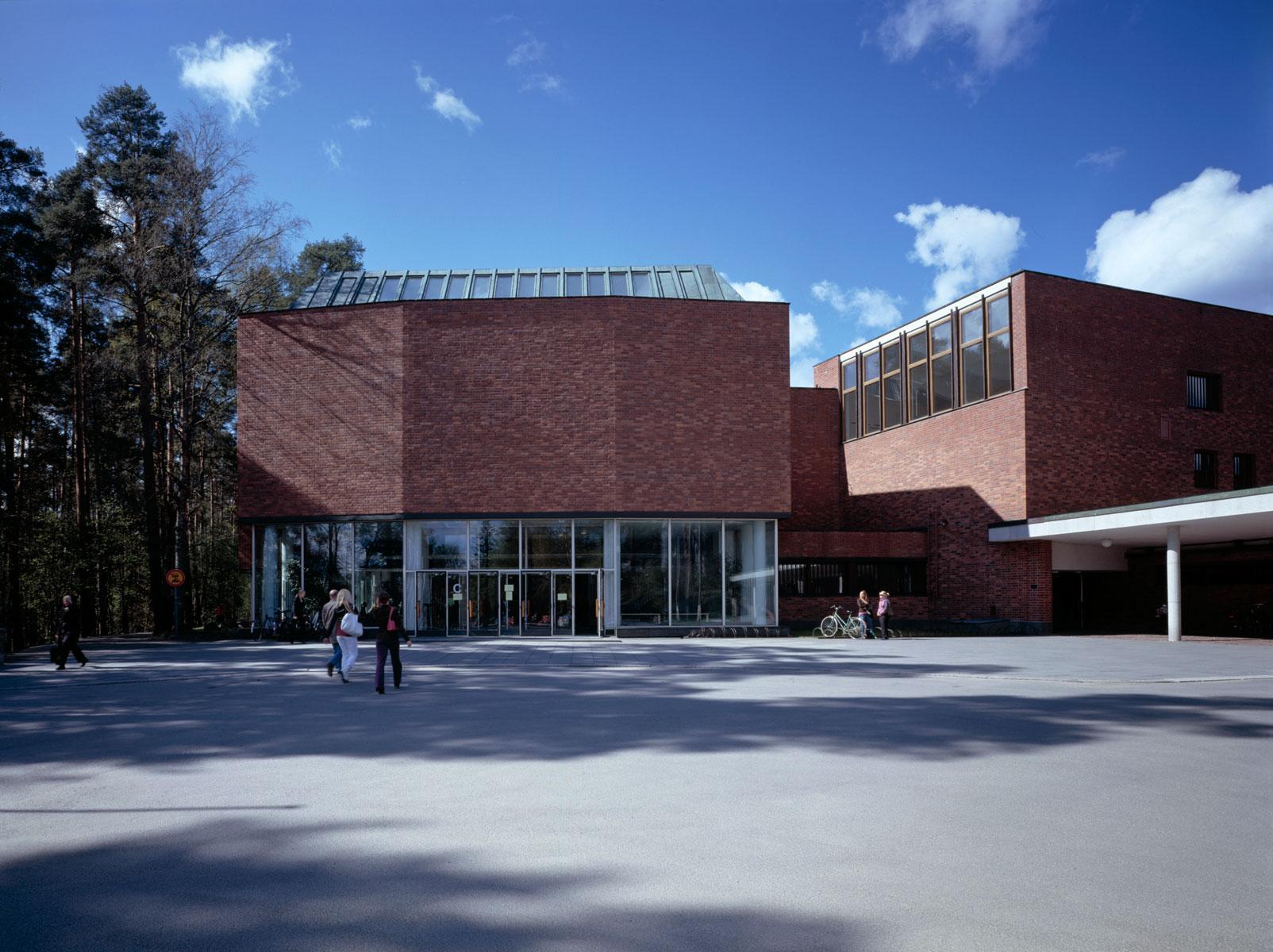
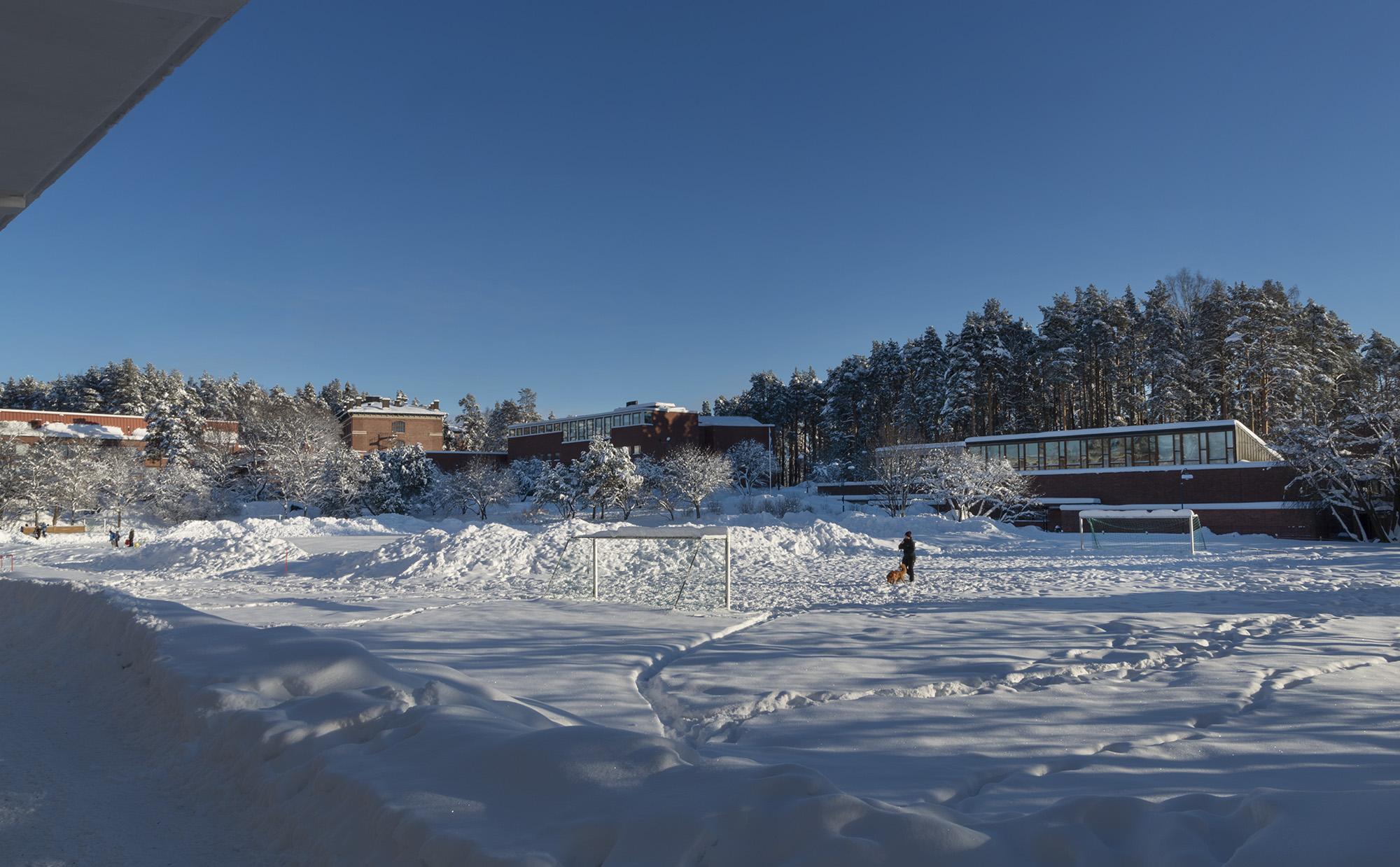
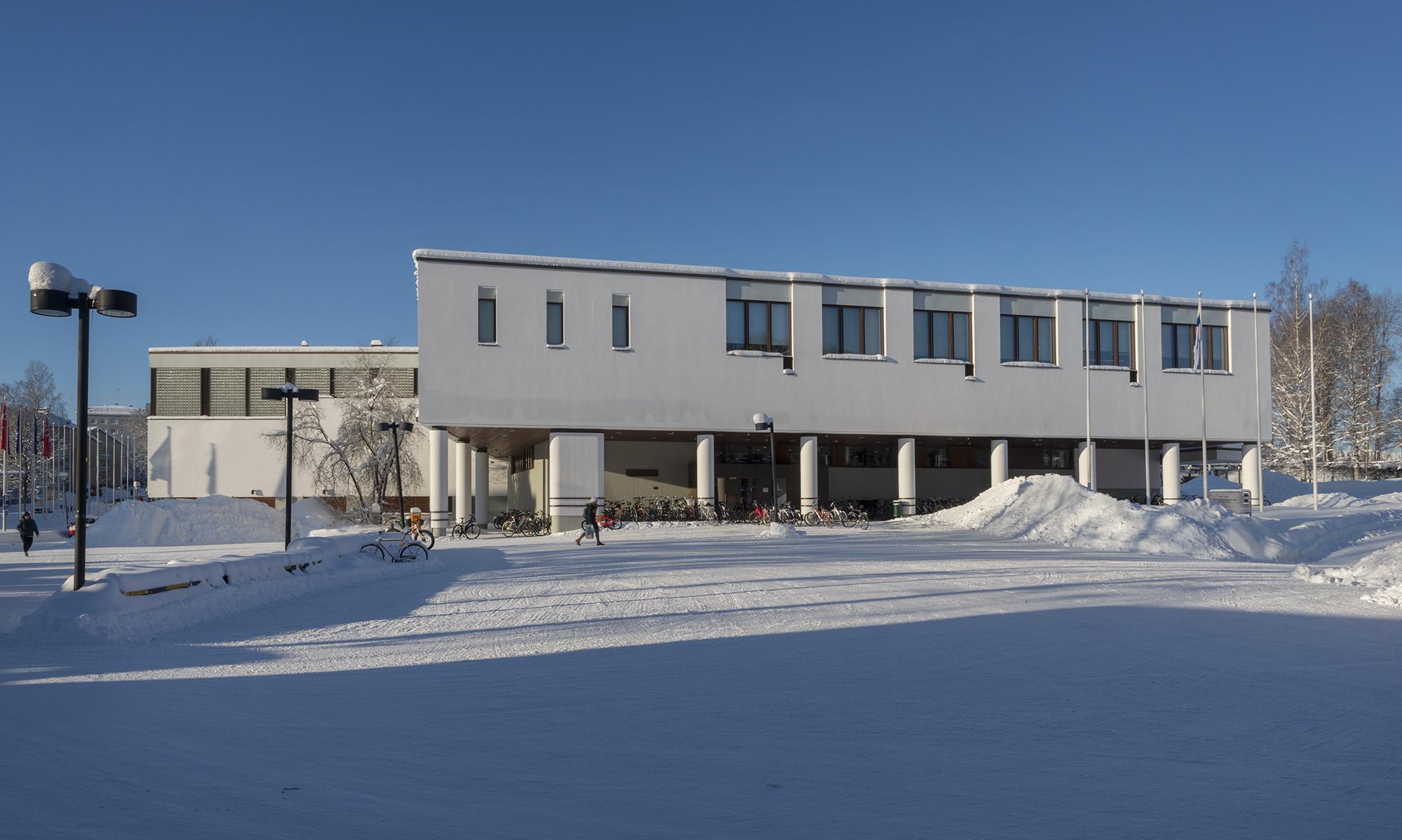
Jyväskylä University Campus and Seminar Hill
Address
Seminaarinkatu 15, 40100 Jyväskylä, Suomi
